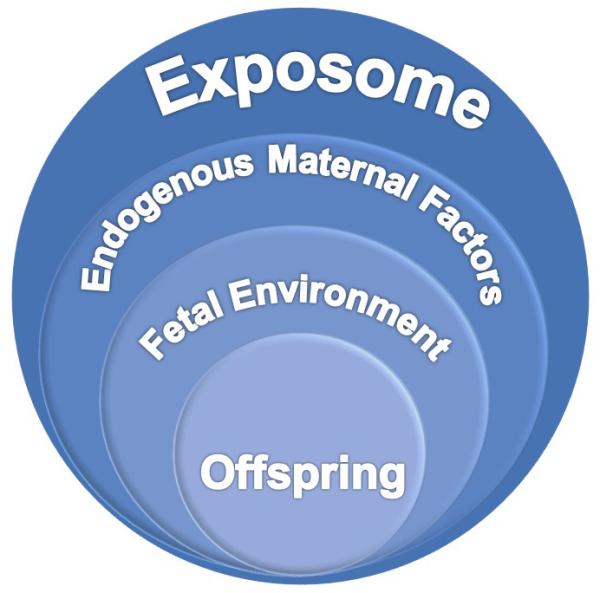Figure 3. Variables related to programming mechanisms.

Endogenous and exogenous exposures during a woman’s life course contribute to the intrauterine environment and may influence vulnerability to disease at the level of the gamete as well as during the development of the fetus through alterations in microbiome composition, HPA axis responsiveness, DNA methylation, and telomere length. The offspring may exhibit altered health outcomes based on alterations to gametes prior to conception, exposures in utero, and throughout development. While the fetus is developing and forming gametes for the next generation, the gametes may be affected by the exposures and predispose the next generation to disease.
